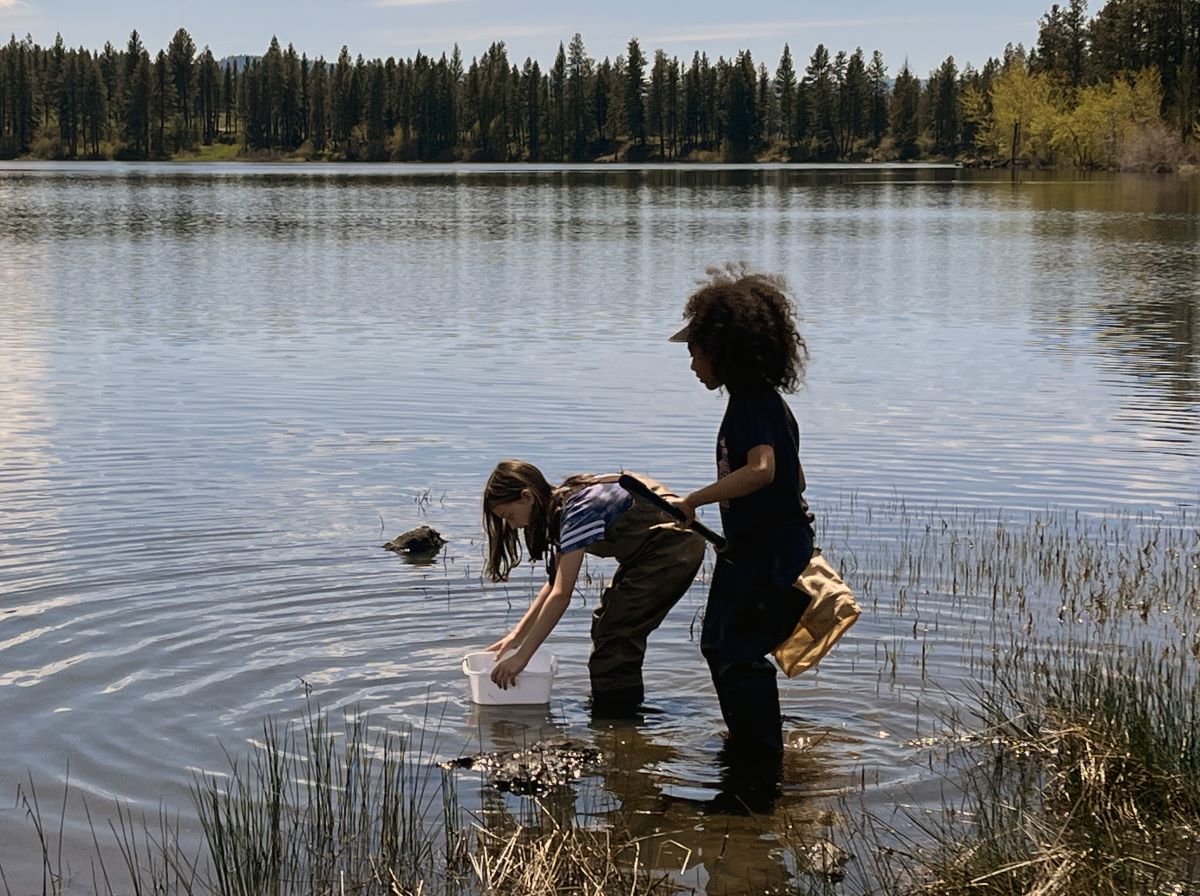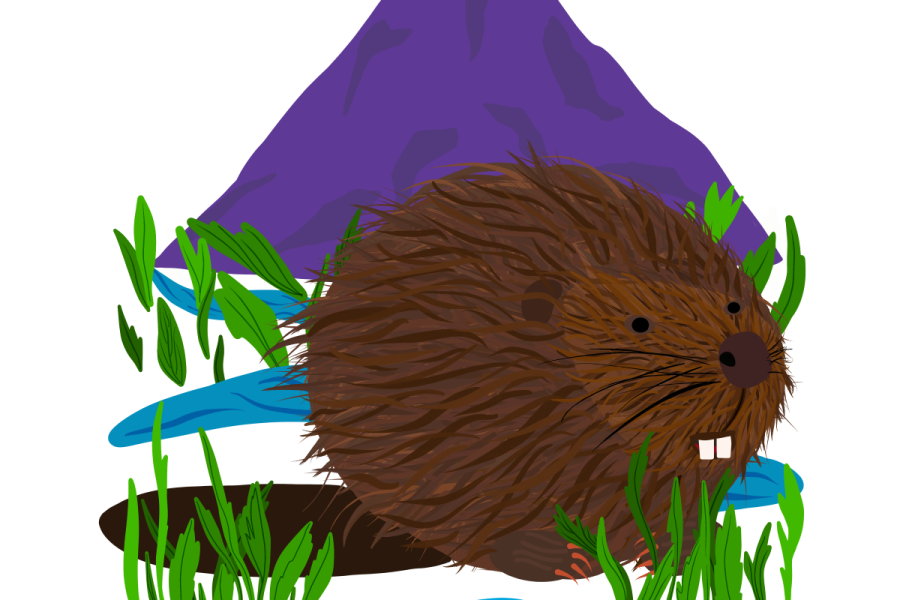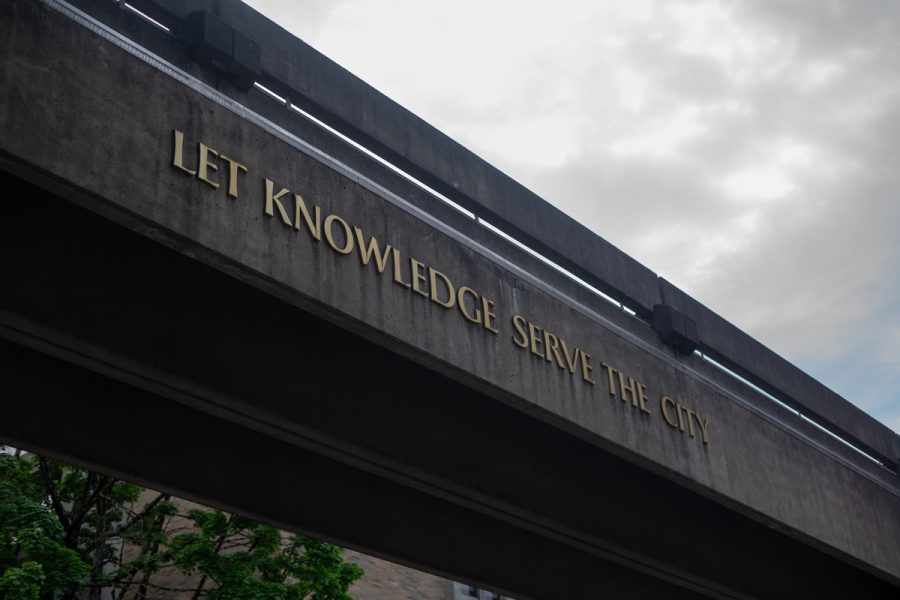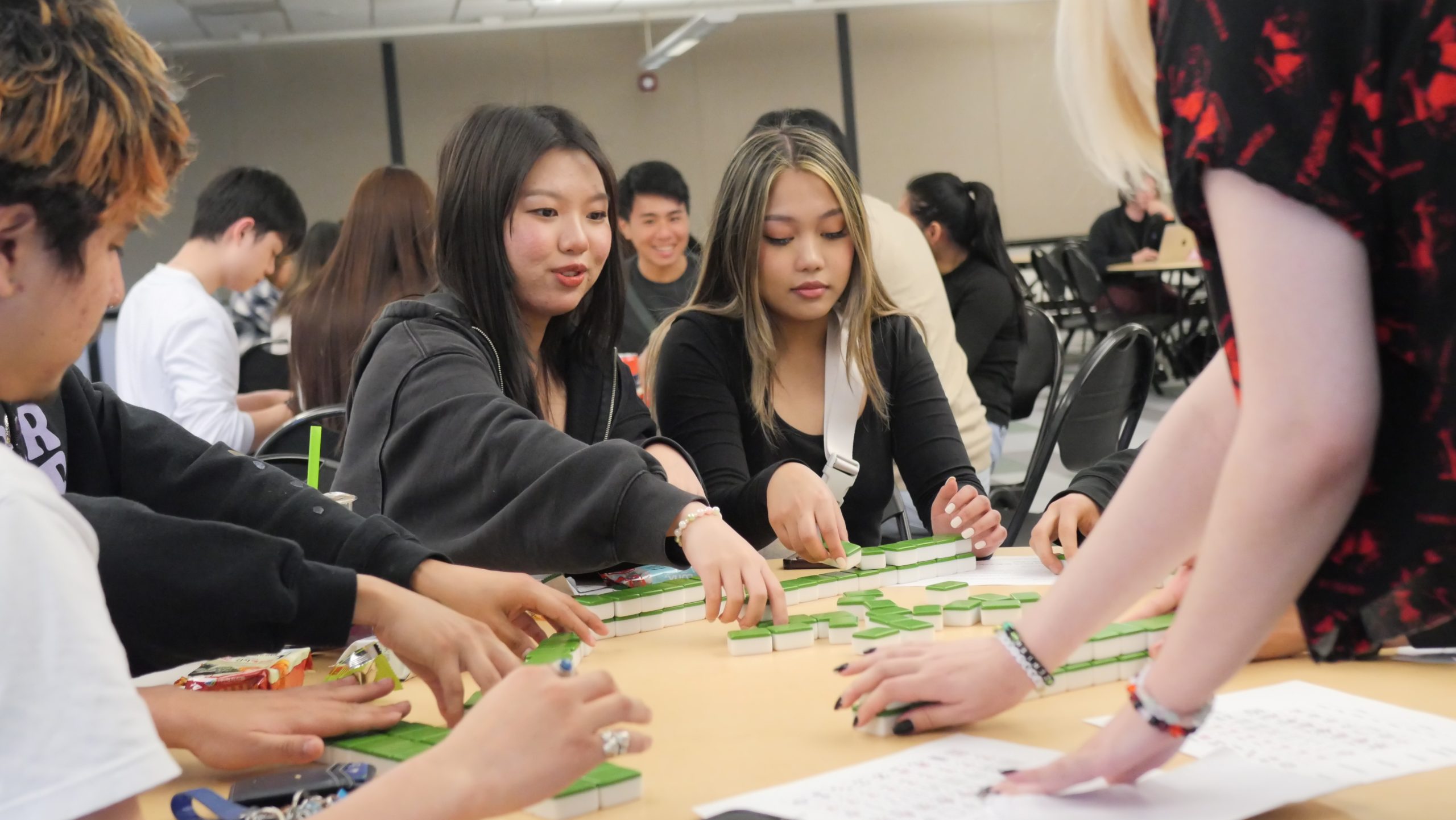Community scientists involve the public in engaging with the development of science. The increased care and observation of our environment has several practical benefits for the development of science and the improvement of the environment. A method of this observation is through investigative data collection along streams to monitor species and water conditions.
Participants can engage as community scientists without the help of a facilitator. For example, individuals can utilize websites like iNaturalist and gather data through a picture database. Community science is more known as citizen science, but the term has evolved out of the same principles.
“I like the word community science rather than citizen science, because it doesn’t matter if you’re a citizen or not,” said Rick Reynolds, manager at The River Mile network (TRM). “I think it can be all of us all participating. I’ve even learned from our native partners that it doesn’t even have to be just humans. We have our other-than-human community members that can be part of this. When we’re out in the field, we really stress with the students—stepping lightly on the earth, and being careful of the waters, and the fact that the living things that are there are also part of our community—and we’re all working together to have a better understanding of the environment… Once you have this better understanding, that’s when you really want to protect it too.”
TRM participants can interact with the environment around them by monitoring stream ecosystems through observing species and conditions, such as crayfish and water quality. “It really leads to a deeper understanding of the place and our role in keeping the environment healthy,” Reynolds said. Moreover, learning in our natural environment can be a beneficial and meaningful way to learn, as Reynolds further explained.
Individuals might not view the crayfish as necessary. However, water systems can quickly encounter the spread of invasive species—such as the red swamp crayfish—which differ from the native species in Oregon.
“On the southern Oregon coast near Coos Bay, [community scientists] found invasive red swamp crayfish there [and] were able to report that data… Then wildlife managers here in Oregon could get down there and try to stop that invasion before it really caused trouble,” Reynolds said.
These invasive species don’t just disrupt the food web by outcompeting like other invasive species, but also deteriorate the water quality through their activity, which harms the whole ecosystem.
Inclusive involvement in this issue allows the community to connect with their environment beyond just a scientific connection. “In the process, you’ll learn about the different species, the collection techniques and how to minimize your impacts at the site,” Reynolds said. “For example, ways to get down to the creek without causing a lot of erosion.” Students not only learn to identify species, but also to better interact with the environment around them.
Because this involves people of different backgrounds and age demographics, creating involvement standards for collecting data is essential to ensure quality. “I developed a field guide that is focused on what you can see in the field with the naked eye to identify the critters,” said Dr. Patrick Edwards, director of the Environmental Professional Program at Portland State. “That was one of the first things I did over 20 years ago, because that material wasn’t there. We have to modify these metrics that we use to indicate the condition of the stream, because they were all developed for professional data.”
This field guide developed guidelines for observing the creek’s conditions without needing a lab and professional resources, which would make observation inaccessible for community scientists.
Reynolds similarly spoke on TRM’s crayfish project. “We used safeguards that are as reliable as possible,” he said. “Things like training. You need to follow our protocols. You need to use our forms, which have [been] created in consultation with PhD scientists so that we have more reliable data. We provide that training to ensure that folks know how to do it. And so then, we just feel like that data is more reliable.”
TRM project offers scientific permits after training which allows people to interact with the environment in ways they might not have been able to otherwise.
While removing a professional environment changes the observation of these ecosystems, there is much added benefit to including the community in science. “If you’re just one scientist or [a] scientist and a couple of PhD students, there’s only so much you can do,” Reynolds said. “You’re just limited in your reach.”
Some people may be skeptical about the quality of this data, but with the added workforce and increased sample size, any mistakes community scientists might make are rendered insignificant. “We have so many collectors around the Northwest and beyond [that] even if we have a lot of second graders and people who are just learning how to do this, what happens is the data really gets averaged out,” Reynolds said.
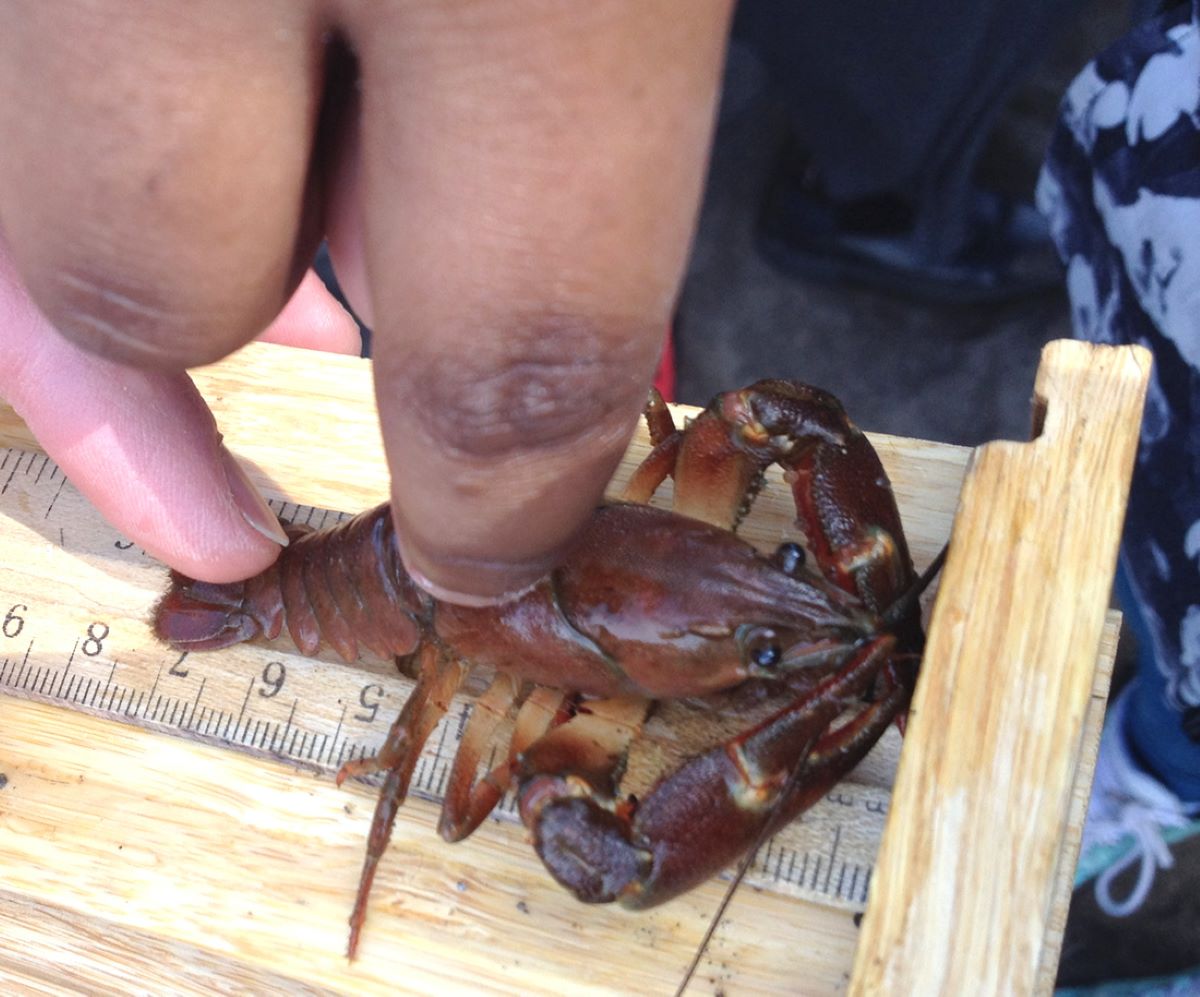
Additionally, community scientists’ consistent observation of an area allows for the development of pre-data. This database allows scientists to understand the conditions of an area before restoration or other projects occur. Pre-data collection fills an often existing hole in scientific studies. It allows for a more complete picture of the development of an area and the benefit of any given project.
“We work really hard to ensure the quality of the data,” Edwards said. “We have a paper coming out right now that shows that at a certain level our data is similar to data collected by professional scientists.”
In the cases where there is a discovery or an alarming find, additional support can come from more specialized scientists. “When the community scientists observe something different than professionals can take over, it can be a signal that maybe specialists should take a closer look at this stream,” Reynolds said. Without community scientists, there wouldn’t be anyone to signal to a professional that there might be a problem.
Participants who contribute to the body of science can be recognized for their participation in scientific advancements within the media, giving reach to the community and the subject. According to Reynolds, past media coverage has led to recognition for the group and further engagement from the community.
Edwards has done more work within the academic publishing community, “Twenty years ago, practitioners of community science worked hard to get published in the peer review literature because the idea of community science had not really gained traction in the scientific field,” he said. Though Edwards publishes both community science research and more traditional environmental research, getting community science published has additional difficulties becuse of concerns about the quality of data generated by non-professionals.
Though getting this work recognized in the academic field is a struggle, the value it adds to the body of knowledge and the normalization of this practice is vital. “I think the more we legitimize community science by publishing in academic journals the more that it will be accepted as we move forward and that’s one of the reasons why I work so hard to publish these,” Edwards said.

